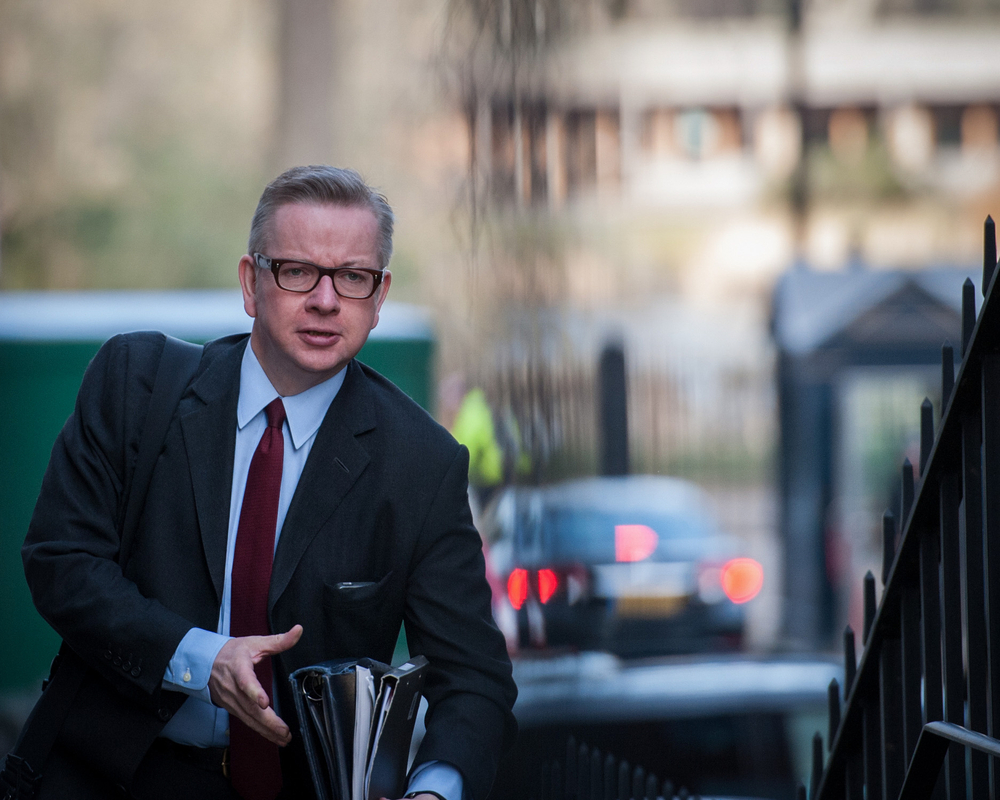Children ‘at greater risk’ from roadside pollutants
Research published to coincide with the national Clean Air Day today (21 June) has suggested that primary and nursery school children are exposed to 30% more particulate pollution than adults when walking along busy roads.
Published by Global Action Plan, the behaviour change charity behind the one-day air pollution awareness raising campaign, the research suggested that pollution levels from petrol and diesel vehicles were 2.5 times lower for children walking along quiet roads.

Thermal imaging carried out by Global Action Plan with FLIR, the thermal imaging experts, makes visible the invisible danger of air pollution around children, and how children are exposed to more air pollution than adults due to being closer to vehicle exhaust emissions than adults
And, researchers who carried out testing in London, Manchester, Glasgow and Leeds, suggested that children being driven to school were at greater risk still.
As part of the study, led by Dr Marc Stettler at Imperial College London, researchers tested the pollution exposure of an adult and child travelling along quiet and busy routes by foot, in a car in traffic along a busy route, or travelling via bus.
The parent and child both carried a micro-aethalometer air pollution monitor at roughly shoulder height. Readings were taken every minute during the journey.
Commenting, Professor Jonathan Grigg, Professor of Paediatric Respiratory and Environmental Medicine, and Fellow of the Royal College of Paediatrics and Child Health: “Children’s lungs are especially vulnerable for those at primary school and younger, as they are still developing. It’s critical that we protect the health of our children’s lungs from air pollution, in order to prevent lasting damage.
“My research has shown that exposure of young children to higher amounts of air pollution from traffic, has a major impact on their lungs. Although parents can reduce this impact by walking on less polluted roads and taking public transport, the UK government must take further steps to reduce toxic emissions from all roads.”
FLIR, the thermal imaging experts, have released images taken as part of the research which show how children are exposed to air pollution due to being closer to vehicle exhaust emissions than adults. FLIR’s GF343 infrared camera uses CO2 as a tracer gas to startlingly visualise exposure to harmful substances such as NOx, NO2 and diesel particulates.
Clean Air Day
Chris Large, Senior Partner, Global Action added: “Global Action Plan’s research found that the millions of children in the UK that are walking to school along busy roads are potentially being exposed to 30% more pollution than their parents. A simple solution for parents would be to choose quieter back routes to walk or cycle their children to school, away from the traffic, thereby reducing their exposure to unnecessarily high levels of damaging air pollution.”

Michael Gove, Secretary of State for the Environment is backing the Clean Air Day campaign. (Picture: Shutterstock)
As part of the Clean Air Day campaign, more than 400 awareness raising events are taking place across the country throughout the day, to promote steps to reduce exposure to air pollution (see airqualitynews.com story).
Environment Secretary, Michael Gove, said: “This troubling new research is a further demonstration of why we need to take strong action now to improve air quality. Our new Clean Air Strategy sets out how we will be the first major developed economy to reduce air pollution in line with World Health Organisation limits and we have invested £3.5bn to reduce harmful emissions.
“But Clean Air Day reminds us that by taking simple steps, like leaving the car at home for the school run, we can work together to reduce air pollution and protect our health.”
Unicef
Children’s charity Unicef has published its own today research today suggesting that one in three children in the UK (4.5 million) are growing up in areas with unsafe levels of particulate pollution. This includes 1.6 million of all children aged five and younger, and 270,000 babies under one living in the most toxic air zones, the organisation said.
Amy Gibbs, Unicef UK’s Director of Advocacy, said: “We already know that air pollution is harmful, but these findings force us to face a shocking reality about the acute impact on children’s health. Worryingly, one-third of our children could be filling their lungs with toxic air that puts them at risk of serious, long-term health conditions.
“It’s unacceptable that the most vulnerable members of society, who contribute the least to air pollution, are the ones suffering most from its effects. We wouldn’t make our children drink dirty water, so why are we allowing them to breathe dirty air?
“There are practical solutions to protect our children from the harm air pollution can cause. The Government must accept this is a children’s health crisis and offer targeted action and funding to reduce their exposure in the most polluted areas. Children should not be forced to breathe toxic air in the areas where they live, learn and play.”







 Network
Network